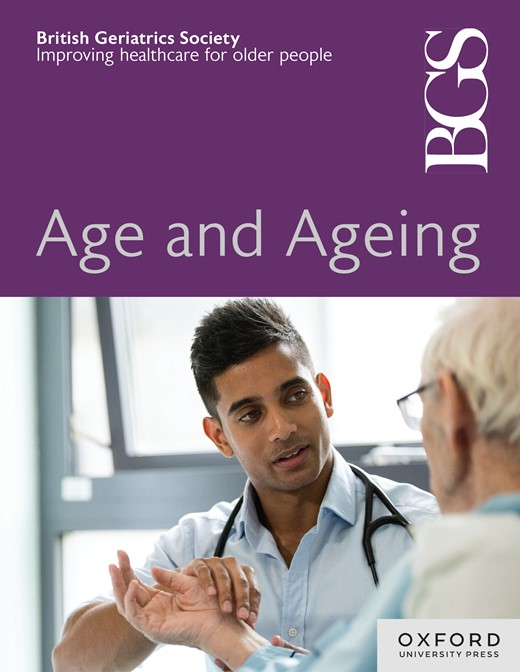Motivation, psychological needs and physical activity in older adults: a qualitative review.
IF 6
2区 医学
Q1 GERIATRICS & GERONTOLOGY
引用次数: 0
Abstract
BACKGROUND Despite the well-documented health benefits of Physical Activity (PA), older adults often struggle to engage in PA. The present review examines the relationship between PA, motivation and basic psychological needs among older adults aged 65 and over, through the lens of Self-Determination Theory (SDT). METHODS Relevant studies that used qualitative methodologies and applied SDT framework were systematically searched in five electronic databases (i.e. Scopus, Web of Science, PubMed, PsycINFO and CINAHL). Methodological rigour was assessed using the GRADE-CERQual (Confidence in the Evidence from Reviews of Qualitative Research). RESULTS 21 studies met inclusion criteria (N = 412; ages 65-97). Four themes and nine subthemes were identified. Peer relationships emerged as a pivotal element in supporting most autonomous forms of motivation and satisfying psychological needs (i.e. autonomy, competence and relatedness). A peer coach was preferred during several health programs, enhancing competence and relatedness. Outdoor activities in natural settings promoted intrinsic motivation, while indoor activities were driven more by extrinsic motivation. Barriers included ageist stereotypes and perceptions of inevitable physical decline, which negatively impacted competence and autonomy, ultimately reducing motivation for PA. CONCLUSIONS This qualitative synthesis highlights a complex interplay of SDT components and social factors in influencing PA behaviours among older adults. Tailored interventions that integrate social interaction, provide feedback from coaches and offer choices among several exercises with graduate intensity levels are likely to enhance adherence in PA. Future interventions should address both psychological and social barriers to create inclusive PA strategies that meet older adults' needs and motivation.老年人的动机、心理需求和身体活动:一项质的回顾。
背景:尽管体育活动(PA)对健康有益,但老年人往往很难参与其中。本研究以自我决定理论为视角,探讨了65岁及以上老年人自我选择、动机和基本心理需求之间的关系。方法系统检索Scopus、Web of Science、PubMed、PsycINFO和CINAHL 5个电子数据库中采用定性方法和SDT框架的相关研究。采用GRADE-CERQual(对定性研究综述证据的置信度)评估方法严谨性。结果21项研究符合纳入标准(N = 412;年龄65 - 97)。确定了四个主题和九个次级主题。同伴关系是支持大多数自主形式的动机和满足心理需求(即自主性、能力和相关性)的关键因素。在几个健康项目中,同伴教练是首选,以增强能力和关系。自然环境下的户外活动促进了内在动机,而室内活动更多地受到外在动机的驱动。障碍包括年龄歧视的刻板印象和对不可避免的身体衰退的看法,这对能力和自主性产生了负面影响,最终降低了PA的动机。结论:这一定性综合强调了SDT成分和社会因素在影响老年人PA行为方面的复杂相互作用。量身定制的干预措施整合了社会互动,提供教练的反馈,并在几种具有研究生强度水平的练习中提供选择,可能会提高PA的依从性。未来的干预措施应解决心理和社会障碍,以创建满足老年人需求和动机的包容性PA策略。
本文章由计算机程序翻译,如有差异,请以英文原文为准。
求助全文
约1分钟内获得全文
求助全文
来源期刊

Age and ageing
医学-老年医学
CiteScore
9.20
自引率
6.00%
发文量
796
审稿时长
4-8 weeks
期刊介绍:
Age and Ageing is an international journal publishing refereed original articles and commissioned reviews on geriatric medicine and gerontology. Its range includes research on ageing and clinical, epidemiological, and psychological aspects of later life.
 求助内容:
求助内容: 应助结果提醒方式:
应助结果提醒方式:


